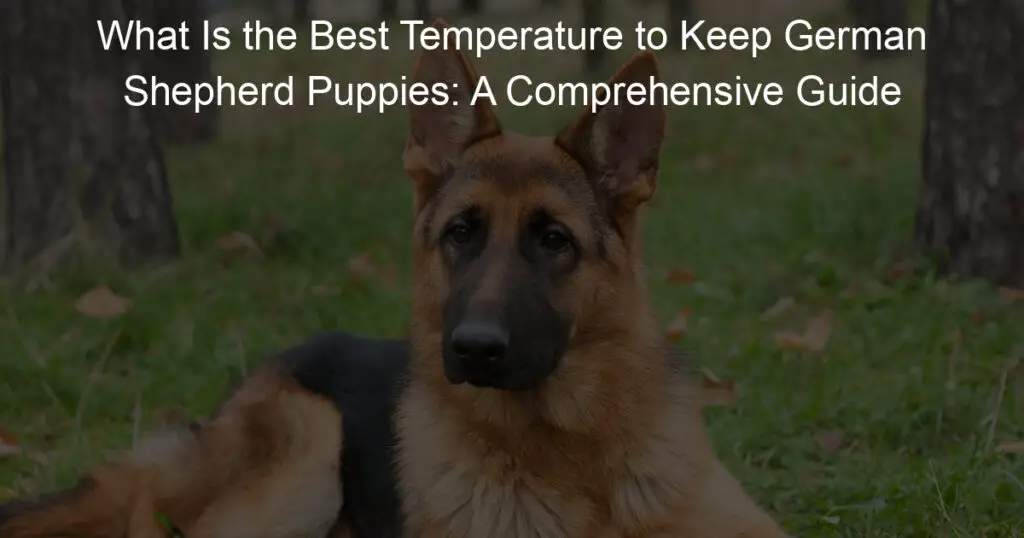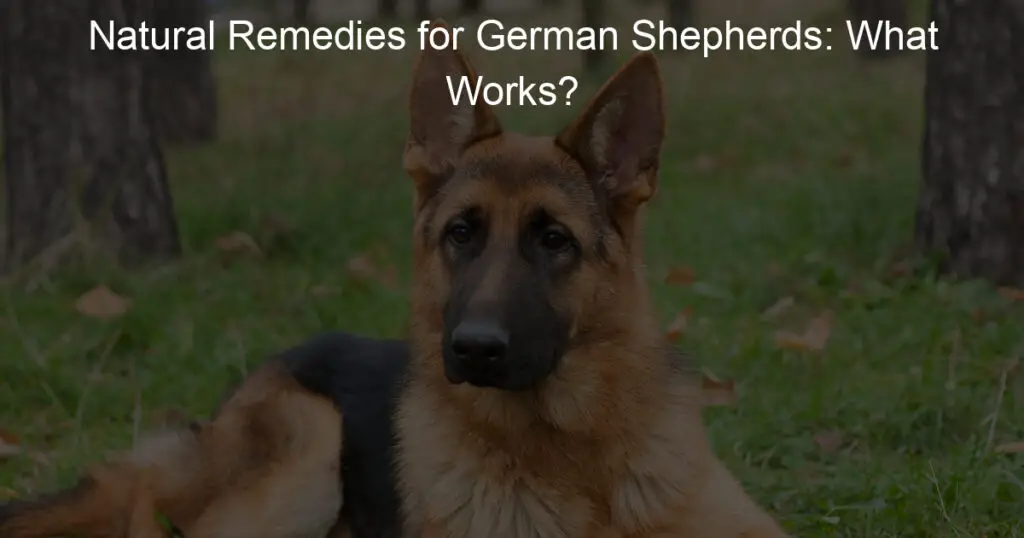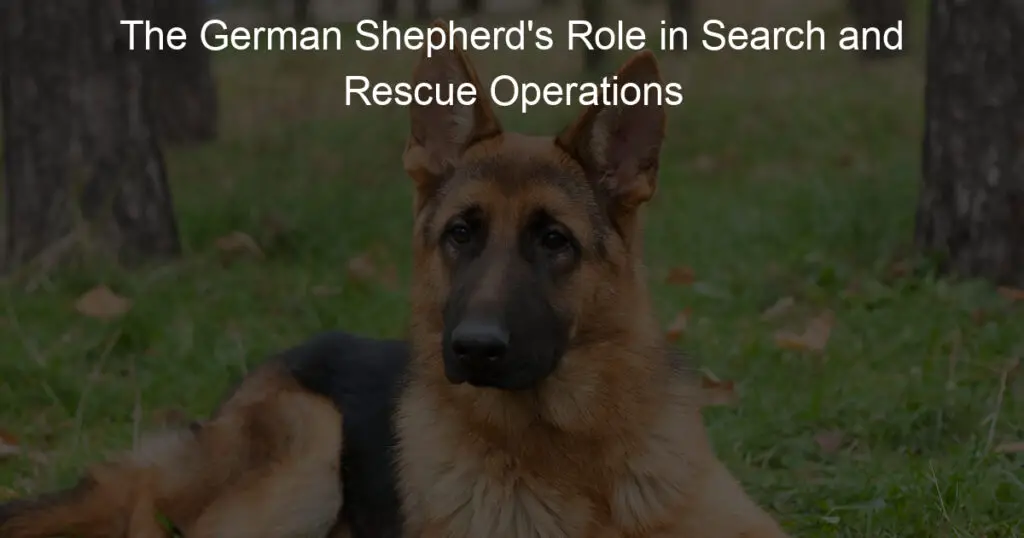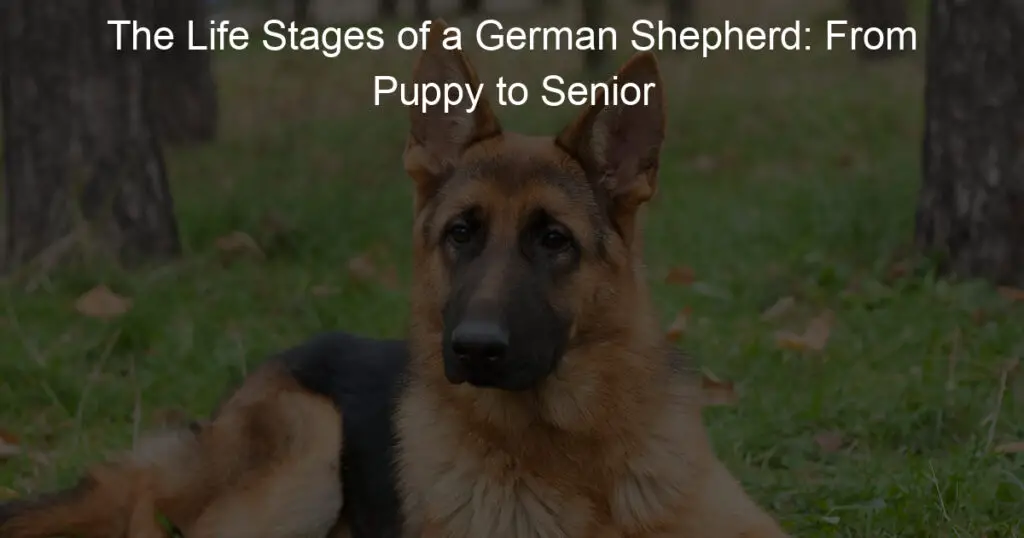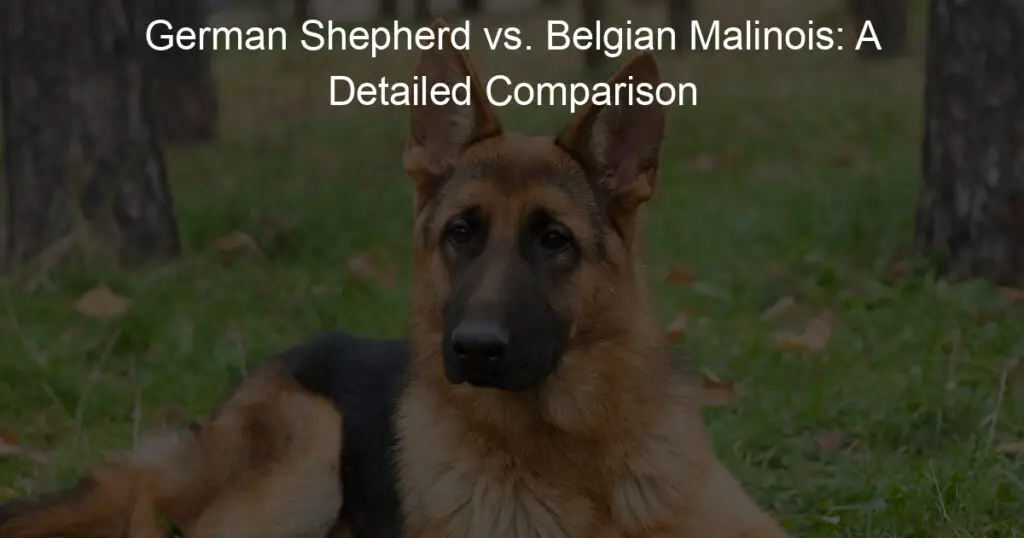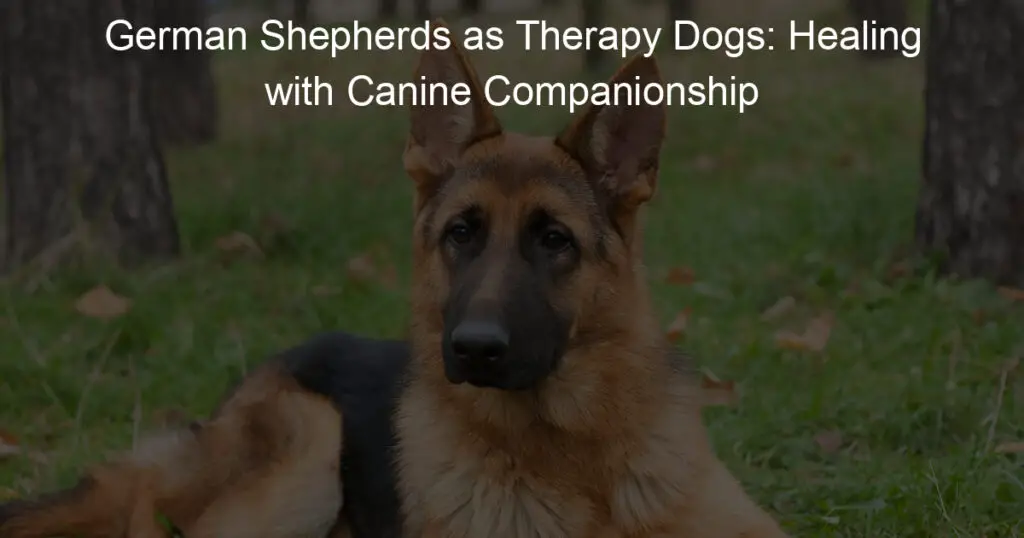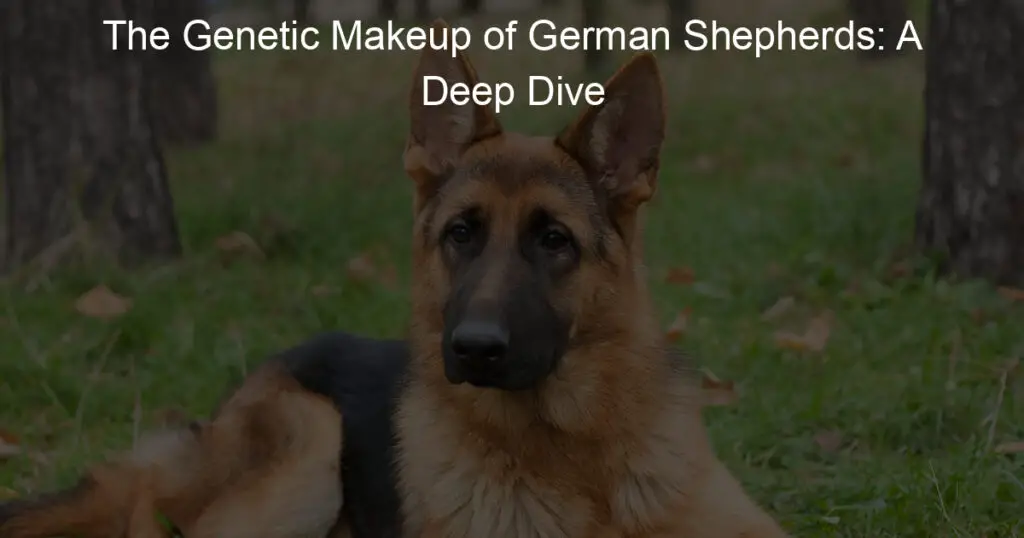As a German Shepherd owner, it’s essential to provide the best possible living conditions for your puppy.
One crucial aspect of their care includes maintaining the proper temperature, both indoors and outdoors, to ensure their comfort and overall health.
With their thick double coat, German Shepherds have unique temperature regulation needs that must be considered, especially for puppies still growing and adapting to their environment.
so, what is the best temperature to keep German Shepherd puppies?
When caring for German Shepherd puppies, it’s important to understand how temperature can affect their development, exercise, and well-being.
As their guardian, you must strike a balance between preventing dehydration and overheating while providing proper care during various weather conditions.
Additionally, regular health monitoring is necessary to identify any signs of temperature-related health issues, such as hypothermia or heatstroke, and promptly address them.
Key Takeaways
- Maintaining the proper temperature is essential for the comfort and health of German Shepherd puppies.
- Puppies require special attention to their temperature needs, as they are still growing and adapting to their environment.
- Regular health monitoring and adjusting their living conditions accordingly can help prevent temperature-related health issues.
Understanding German Shepherds
As someone who is well-versed in the world of German Shepherds, I can confidently share my knowledge about this extraordinary breed.
German Shepherds are a popular breed of dog, known for their intelligence, loyalty, and versatility. This breed was developed in Germany in the late 19th century by a man named Max von Stephanitz, who aimed to create a working dog that was both strong and agile.
The result is the German Shepherd that we know and love today.
When discussing German Shepherds, it’s important to acknowledge that their size can vary depending on their lineage and individual genetics.
On average, male German Shepherds weigh between 66-88 pounds (30-40 kilograms), while females typically weigh between 49-71 pounds (22-32 kilograms). Their height ranges from 22-26 inches (55-65 centimeters), with males being slightly taller than females.
As for breed standards, the German Shepherd is classified under the herding group by the American Kennel Club (AKC).
This category is reserved for breeds that excel in tasks such as herding livestock and performing various jobs such as police and military work, search and rescue, and even acting as therapy and service animals.
German Shepherds are held to strict breed standards, which include specific criteria related to their appearance, temperament, and physical abilities.
In terms of appearance, German Shepherds exhibit a distinct look with their large, erect ears and strong, muscular bodies.
They have a double coat, with the outer coat being dense and water-resistant and the undercoat providing insulation.
Coat colors can range from tan and black to red and black, and even sable or all black. Their almond-shaped eyes are a medium size, expressing intelligence and confidence.
One of the key aspects of the German Shepherd breed lies in their temperament and innate qualities. German Shepherds are known for their unwavering loyalty and dedication to their families and handlers.
They are also highly intelligent, ranking third in the list of most intelligent dog breeds. This lends itself to their ability to excel in obedience and working roles, making them versatile and adaptable in various situations.
In conclusion, understanding German Shepherds as a breed requires consideration of their size, appearance, temperament, and the specific breed standards set for them.
Their origin, as designed by Max von Stephanitz, showcases the combination of strength, agility, and intelligence that makes them a popular and versatile choice as a working dog and family companion.
German Shepherd’s Coat and Temperature Regulation
When it comes to the German Shepherd’s coat, I can confidently say that they have a unique double coat that is designed to help regulate their body temperature.
Having a double coat means that they have two layers of fur: an outer coat and an inner coat.
The outer layer is made up of thicker, coarser hair, sometimes referred to as “guard hairs.” These hairs serve to protect the dog’s skin from dirt, debris, and potentially harmful UV rays.
The inner coat, on the other hand, consists of a softer, wool-like fur that acts as insulation. This inner layer helps to keep the dog warm in colder temperatures and cool in warmer ones.
A normal body temperature for a German Shepherd puppy is about 101.5°F, with a range of 100.5°F to 102.5°F considered normal.
Although their thick coats are great for temperature regulation, it is still important to provide a comfortable environment for them.
Making sure your puppy’s living area is not too hot or too cold will help them maintain their normal body temperature and keep them comfortable.
In terms of the best temperature for a German Shepherd puppy, they are usually comfortable at room temperature, generally around 68°F to 72°F.
Nevertheless, it is important to keep an eye on your puppy and watch for signs of discomfort, such as excessive panting, shivering, or seeking out cooler or warmer areas.
If you notice these signs, it is a good idea to adjust the temperature accordingly.
Remember that although a German Shepherd’s double coat is impressive in regulating their body temperature, it’s still crucial to provide a suitable environment for optimal comfort and well-being.
Specific Needs of German Shepherd Puppies
As a German Shepherd puppy owner, I understand the importance of maintaining the ideal temperature for my young canine friend.
German Shepherd puppies have specific needs, and ensuring a comfortable environment is essential to their well-being.
When it comes to temperature, German Shepherd puppies may experience symptoms such as diarrhea, vomiting, and lethargy if they are exposed to extreme temperatures.
They need a stable and comfortable temperature to maintain their energy and body weight.
In my experience, I have learned that the best temperature for my German Shepherd puppy is between 65 to 75 degrees Fahrenheit (18 to 24 degrees Celsius).
This range is slightly higher than the recommended indoor temperature for humans, and it ensures that my puppy is neither too cold nor too hot.
I take some extra steps to make sure my puppy stays comfortable and healthy. One of them is providing a cozy and warm bed to sleep in, positioned away from direct drafts or sunlight.
I also pay close attention to any sudden changes in their behavior, as it could indicate discomfort or illness due to improper temperature.
To summarize, I maintain my German Shepherd puppy’s environment within a temperature range of 65 to 75 degrees Fahrenheit.
By doing so, I help them avoid health issues such as diarrhea, vomiting, and lethargy while keeping their energy and body weight stable.
What Is the Best Temperature to Keep German Shepherd Puppies
In my experience of raising German Shepherd puppies, providing them with a comfortable environment is essential for their well-being.
As a responsible owner, it’s crucial to find the ideal temperature that ensures their comfort and safety.
German Shepherds, as a breed, can tolerate various weather conditions, but puppies are more susceptible to temperature extremes.
The ideal temperature for German Shepherd puppies ranges between 68°F and 72°F (20°C to 22°C). At this temperature range, puppies will likely feel comfortable and cozy.
However, we must also consider the humidity in our environment. High humidity can make it challenging for puppies to cool down and can potentially lead to heat stress even at moderate temperatures.
As German Shepherd puppies are generally not very tolerant of hot temperatures, we need to monitor them closely to ensure that they do not overheat.
Their hot temperature tolerance tends to improve as they grow older, but it’s essential to keep an eye on them, especially during the summer months.
Providing them with plenty of fresh water, shade, and proper grooming can help them stay cool and comfortable.
On the other hand, cold temperatures can also pose a risk for puppies. While they might not easily freeze, extreme cold temperatures can be uncomfortable and harmful.
It’s important to protect them from cold drafts and provide adequate bedding, particularly during the winter months.
A well-insulated environment can help keep our puppies warm and comfortable.
In conclusion, being attentive to our German Shepherd puppies’ comfort in various temperatures is crucial for their well-being.
Ensuring that they are neither too hot nor too cold plays a significant role in their happiness and health as they grow and develop.
Preventing Dehydration and Overheating
During hot weather, it’s essential to prevent dehydration and overheating in German Shepherd puppies. I make sure to provide them with access to fresh water at all times.
Since puppies need to stay hydrated, having fresh water available helps them maintain their body temperature and prevents dehydration.
When it comes to overheating, I pay attention to the puppy’s behavior. Excessive panting can be an indicator that the puppy is too hot.
Panting is a natural way for dogs to regulate their body temperature, but in extreme cases, it can lead to heatstroke. To avoid this, I make sure the puppy has access to a shaded area, especially during the hottest hours of the day.
German Shepherds, like all dogs, don’t sweat like humans do. They have sweat glands in their paws, but their primary method of cooling down is through panting.
One way I determine if a puppy is dehydrated or overheating is by checking their skin elasticity and gums. If I gently pinch the skin on the back of their neck and it doesn’t quickly return to its original position, this can be a sign of dehydration.
Also, if the gums appear pale or tacky to the touch, this indicates that the puppy needs more water.
To sum up, I prioritize providing fresh water, monitoring excessive panting, and ensuring access to shade for my German Shepherd puppies.
By doing so, I can keep them comfortable, happy, and healthy in hot weather conditions.
Proper Care During Different Weather Conditions
In my experience, taking care of German Shepherd puppies requires paying close attention to the weather, as it can significantly impact their overall well-being.
I want to share my knowledge in this regard to help fellow German Shepherd owners maintain a comfortable environment for their puppies.
During summer, I make sure that my puppies have access to shade in our yard, as high temperatures can be dangerous for them.
Additionally, providing a fan and proper airflow can help keep them cool, reducing the risk of overheating.
On particularly hot days, I also recommend using air conditioning indoors so they have a cool space to escape the heat.
Rain can be challenging, as puppies might not enjoy getting wet. So, when taking my German Shepherd puppies outside during rainy conditions, a covered area for them to stay dry is important.
Ensuring their outdoor enclosure or shelter is watertight can provide a dry, comfortable space for them.
Windy days can be unsettling for puppies, making them more prone to anxiety. To mitigate this, I like to position their outdoor shelter in a location that is shielded from strong winds.
Inspecting nearby trees and bushes beforehand is also advised to avoid any potential hazards.
Snow is an exciting experience for German Shepherd puppies, as they typically love to play and explore in it.
Regardless, their need for a warm, dry shelter must not be overlooked. I advise dog owners to provide adequate insulation inside the shelter and offer a heat source, such as a heated dog bed, to help them stay warm and cozy.
Considering these factors and adjusting my approach as needed, I’ve been able to create a safe and comfortable environment that meets the specific needs of my German Shepherd puppies in varying weather conditions.
Exercise and Temperature
As a German Shepherd puppy owner, I understand that exercise plays a crucial role in their overall health and development.
While walking my German Shepherd puppy, I make it a priority to take note of the temperature, as this greatly affects the overall exercise experience.
During the early morning or evening hours, when the temperature is relatively cooler, I typically embark on longer walks.
These cooler temperatures provide a comfortable environment for my puppy while allowing them to expend some of their seemingly limitless energy.
Since German Shepherds are an active breed, it’s important to provide them with ample opportunities to exercise and keep their energy levels in check.
In contrast, during hotter and sunnier spells, I choose to keep walks shorter in duration.
This is because, like other dogs, German Shepherd puppies can become prone to overheating, and it can be challenging for them to regulate their body temperature.
It’s crucial to remember to bring water and take breaks in shaded areas during these warmer outings.
When letting my German Shepherd puppy play in our yard, I keep a watchful eye on the temperature of the pavement, especially during hotter days. Puppies, just like their adult counterparts, can burn their paws on hot surfaces.
As a precaution, I touch the pavement with the back of my hand; if it’s too hot for me, then it’s definitely too hot for my puppy.
It’s vital to strike a balance between giving my German Shepherd puppy sufficient opportunities to expend their energy and keeping them safe from extreme temperatures.
Careful monitoring of the weather and environment is the key to providing them with a healthy and enjoyable exercise experience.
Indoor Temperature and Living Conditions
As a German Shepherd owner, I’m aware of the importance of maintaining the right indoor temperature and living conditions for my puppy.
German Shepherd puppies, like all dogs, need to be acclimated to their environment in order to grow and develop healthily.
In my experience, the ideal temperature range for a German Shepherd puppy indoors is between 68-72°F (20-22°C), which is a comfortable and neutral range for them.
This temperature range helps puppies avoid overheating and ensures their bodily functions work optimally.
To maintain the proper temperature, I make sure to utilize a thermostat and air conditioning system.
That said, natural ventilation is essential too, and I like to make sure there’s ample air circulation in my home.
When it comes to creating a healthy and comfortable living space, I provide my German Shepherd puppy with a designated dog house or crate.
This helps them feel safe and secure, especially when they’re first acclimating to the new environment. Inside the dog house, I placed a soft and warm bed, as well as a blanket for added comfort.
It’s also crucial to keep the puppy’s living area clean and hygienic. I regularly clean their bedding material and make sure there’s enough fresh water available.
In doing so, I create a nurturing environment where my German Shepherd puppy can grow and thrive.
Remember, the key to raising a healthy and happy German Shepherd puppy is a combination of providing a comfortable temperature range and fostering a clean, secure living environment.
It’s about striking a balance that suits your individual puppy’s needs, as well as monitoring them closely to ensure their well-being.
Health Monitoring for Temperature Changes
As a German Shepherd puppy owner, it’s essential for me to regularly monitor my puppy’s temperature to ensure its health and well-being.
I always keep a close eye on my German Shepherd puppy’s body temperature to watch for any sudden changes or signs of illness.
One factor I consider when monitoring my puppy’s temperature is maintaining a healthy weight.
A German Shepherd puppy at a healthy weight will have better temperature regulation, reducing the likelihood of temperature-related health issues.
I make sure to provide proper nutrition and exercise to keep my puppy at an optimal weight.
When it comes to temperature changes, I understand that it’s not just about external factors but internal factors too.
I know that a sudden temperature change in my puppy could indicate the onset of illness, and it’s crucial to consult a veterinarian in such cases.
The sooner I can address a potential health issue, the better the chances are for a quick and full recovery.
As my German Shepherd puppy grows and becomes an older dog, I’m aware that its ability to regulate body temperature may change.
Older dogs may have a harder time maintaining body temperature, so I remain vigilant in monitoring and adjusting the living environment as necessary.
It provides me with peace of mind to know that I’m doing my best to ensure the health and comfort of my German Shepherd throughout its life.
Major Risks and Signs: Hypothermia and Heatstroke
As a German Shepherd puppy owner, it’s essential to be aware of the risks and signs associated with hypothermia and heatstroke.
These conditions can occur when the temperature is not ideal for your puppy, and knowing how to prevent and deal with them is crucial.
Hypothermia occurs when your puppy is exposed to extremely cold temperatures, which could lead to frostbite or even death. Some common signs of hypothermia include shivering, lethargy, and slow or shallow breathing.
If you suspect that your puppy has hypothermia, it’s crucial to act fast by providing warmth and contacting your veterinarian immediately.
Frostbite is a serious condition that can affect your German Shepherd puppy’s extremities, such as their ears, tail, and paws. This harm comes from prolonged exposure to cold temperatures.
To avoid frostbite, ensure your puppy remains warm and dry during winter months and limit time spent outdoors in freezing temperatures.
On the other hand, heatstroke can occur when your puppy is exposed to excessively high temperatures, especially during the summer months.
Common signs of heatstroke include heavy panting, drooling, and even vomiting. In severe cases, heatstroke can be fatal.
To prevent heatstroke, be sure to provide plenty of fresh water and shade for your puppy on hot days. Never leave your German Shepherd puppy in a parked car, even with the windows cracked, as temperatures inside the vehicle can rise rapidly.
If you notice any signs of heatstroke, it’s important to cool your puppy down immediately by providing them with cool water and a cool, damp cloth.
Be sure to contact your veterinarian for further assistance.
While hypothermia and heatstroke are genuine concerns, understanding their risks, signs, and preventative measures can help you keep your German Shepherd puppy safe and healthy in any weather condition.
Additional Care Measures
As a German Shepherd puppy parent, I always make sure to provide the best care. One essential element is keeping fresh water accessible when the temperature is higher than usual.
It’s crucial to have a water bowl available indoors and outdoors to prevent dehydration.
I have found grooming to be extremely beneficial for my puppy. Regular brushings help remove dead hair and maintain a healthy coat.
This also includes checking their gums and teeth regularly, as good dental hygiene is important for their overall health.
While taking my puppy on walks, I’ve noticed how hot surfaces such as asphalt could be harmful to their sensitive paw pads.
So, I decided to invest in protective shoes for my German Shepherd puppy to prevent burns or injuries during outdoor activities.
Moreover, I pay close attention to my puppy’s exposure to the sun by applying pet-safe sunscreen on the nose, ears, and other sensitive areas.
This helps prevent sunburns and minimizes the risk of damage caused by harmful sun rays.
Taking additional care measures for my German Shepherd puppy goes beyond managing the temperature.
Ensuring proper grooming, water availability, and protection during outdoor activities are all vital in keeping them healthy and comfortable in any weather condition.
Conclusion
As a German Shepherd owner, I find it crucial to keep the temperature of their living space comfortable for them to thrive.
German Shepherd puppies, in particular, require careful attention to ensure their well-being.
When it comes to their care, I have observed that a temperature range between 68 to 72 degrees Fahrenheit (20 to 22 degrees Celsius) is ideal for German Shepherd puppies.
This range allows them to stay comfortable and develop properly without exposing them to temperature extremes.
It’s important to note that these young pups can tolerate slightly higher or lower temperatures, but keeping them within that ideal range helps them grow and learn with ease.
Further, monitoring humidity levels and providing proper bedding can contribute to their overall comfort.
In summary, maintaining a proper temperature for German Shepherd puppies is vital in their overall care.
By keeping their environment comfortable, they can better thrive and become a healthy, happy part of the family.
Frequently Asked Questions
What is the ideal indoor temperature for a German Shepherd puppy?
The ideal indoor temperature for a German Shepherd puppy is between 68 and 72 degrees Fahrenheit (20 to 22 degrees Celsius).
This temperature range provides a comfortable living environment, allowing the puppy to maintain its body temperature without overheating or becoming too cold.
How can German Shepherd puppies tolerate cold weather?
German Shepherd puppies can tolerate cold weather due to their double coat, which consists of a dense undercoat and a thick outer layer of fur. This double coat protects them from cold temperatures and helps keep them warm.
Yet, bear in mind that puppies have a less-developed coat compared to adult German Shepherds, so they may be more sensitive to cold weather.
What temperature is considered too hot for a German Shepherd?
German Shepherds may begin to experience discomfort when temperatures reach above 85 degrees Fahrenheit (29 degrees Celsius).
At this point, measures should be taken to prevent overheating and ensure their comfort and safety. Keep in mind that humidity can also contribute to a dog’s overall heat tolerance.
How long can German Shepherds be outdoors in cold temperatures?
The amount of time a German Shepherd can safely spend outdoors in cold temperatures depends on the individual dog and the weather conditions.
In general, if the temperature is below freezing (32 degrees Fahrenheit or 0 degrees Celsius), it is recommended to limit outdoor exposure to short periods of time.
Always monitor your dog closely and bring them inside if they show signs of discomfort or being too cold.
What precautions should be taken when German Shepherds are exposed to cold?
When exposing your German Shepherd to cold temperatures, take a few precautions to ensure their safety and comfort.
Provide them with a warm and well-insulated shelter, avoid long periods outdoors in freezing temperatures, and consider dressing them in a dog coat if they have a less insulated coat.
Keep an eye on their body language and bring them inside if they appear to be uncomfortable or cold.
At what temperature should I be concerned about my German Shepherd’s comfort and safety?
You should start to be concerned about your German Shepherd’s comfort and safety when temperatures approach 85 degrees Fahrenheit (29 degrees Celsius) or above and below freezing (32 degrees Fahrenheit or 0 degrees Celsius).
In these conditions, take appropriate measures to keep them cool or warm, limit their exposure, and monitor their behavior closely for signs of distress.

